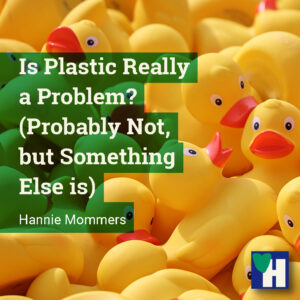
Please don’t worry, I didn’t lose my sustainable dream or would promote the use of plastic. Yet, let’s be realistic: is there absolutely no plastic in our houses? We can’t avoid it, can we?
Is plastic really a problem, or is there something wrong that is way more fundamental? I think it’s the latter. As long as plastic equals the throwaway culture, not only plastic will stay a problem but all resources will become a problem.
The way materials are used makes it hard to comply with the sustainability quote “Refuse Reuse Recycle Repair Reduce Rot Rethink”. Part of the problems has to be solved by the industry and part of them can be solved by us, individuals.
Related: Sustainability at Home is Made Utterly Impossible
Some of the links are affiliate links. As an affiliate associate, we earn a commission when you purchase any of the products offered through the shared links at no extra cost for you. This helps us maintain this website.
Table of contents
Is plastic really a problem?
No, because other raw materials would be exhausted without plastic; plastic keeps our produce fresh; it is lightweight; (health) devices would not exist; it’s cheap.
Yes, because plastic is used once and then thrown away; little is recycled and reused; both the ocean and the land are heavily polluted with plastic; plastic ends up in our bodies.
Some raw materials would be exhausted

In 1839, plastic was accidentally discovered by a German pharmacist who didn’t know what to do with it. Around 1860 celluloid was invented and used for film rolls. And for billiard balls, which until that time were made of ivory.
Without plastic, there probably wouldn’t be any elephants left today.
Plastic keeps our produce fresh
I have mixed feelings about this benefit. Some fruits and vegetables definitely stay fresher because of the plastic packaging. However, this is especially true for products that have to travel. Transport is not sustainable.
Local products are also packed in plastic, while things like cucumbers, apples, bananas, and the like have skin with a protective function.
Lightweight reduces transport costs
Plastic crates instead of wooden ones. Plastic housing for the laptop instead of a metal one. One reduces transport costs, the other saves our backs.
Certain devices would not exist
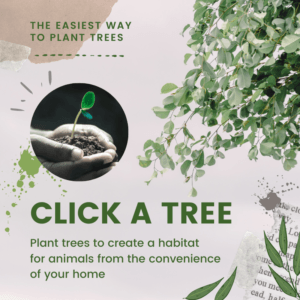
Cars are full of plastic. We would use even more gas than we already do if those parts were made of metal. Medical equipment functions thanks to plastic.
Part of using plastics is laziness on our behalf. Pen refill containers are easy to replace, but we could also use a refillable fountain pen and a bottle of ink. That’s just more work and hassle.
Plastic is cheap
Plastic is made from oil waste, which would otherwise be thrown away.
Plastic is a real problem
Used once and then thrown away
Half of the yearly plastic production is thrown away right after use. Not only does this create a waste problem, but it has drastically changed our attitude towards raw materials.
Related: Imagine no Possessions? Some can, and Develop Extraordinary Ideas
Little is recycled and reused
How often does it happen that a paper package has a see-through window made of plastic? This makes recycling a tiring activity that is often not carried out or is carried out incorrectly.
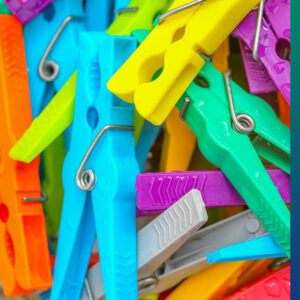
There are different types of plastic. Not every type is recyclable and they cannot be mixed in a recycling process.
Ocean and land are heavily polluted with plastic
Bins without lids or whose lids are open because someone was too lazy to close them are frequented by birds and cats. Or the wind gets a hold of the light plastic and blows it out of the bin.
Plastic is transported to the oceans through rivers and canals and spreads further there. We don’t even know how big the plastic soup is.
Plastic ends up in our bodies
Fish with plastic particles in their bodies and certain plastic packaging have ensured that we are no longer plastic-free ourselves.
Avoid toxic plastics
Some plastics are truly bad news and unfortunately, it’s not always possible to decipher what kind of plastic you have in your hands. A code should be printed on the product. Code 1 is relatively safe. Codes 2, 4, and 5 are safe. Codes 3, 6, and 7 are better avoided.
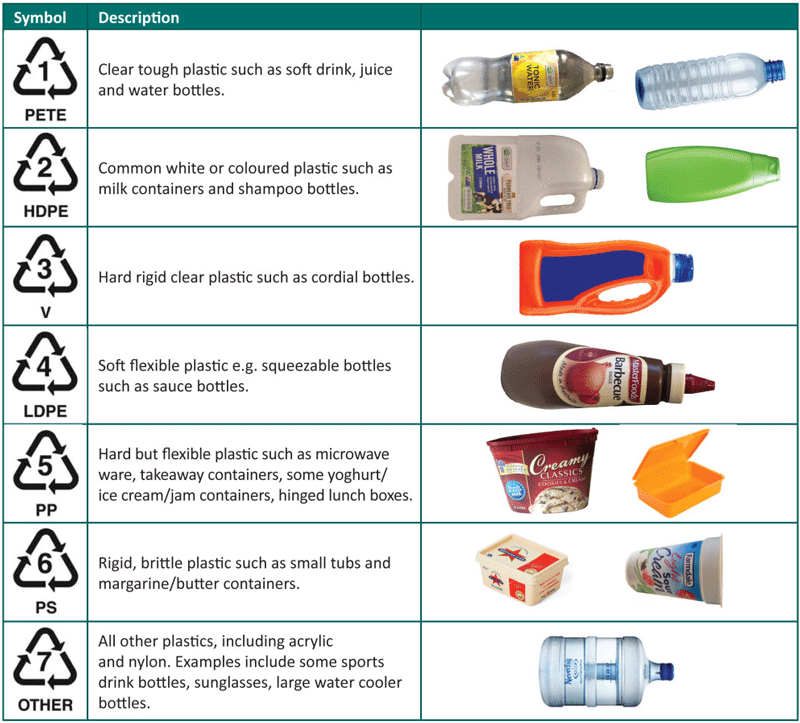
Polyethylene Terephthalate (PET)
PET – code 1 – is commonly used for water bottles and soda bottles. It’s safe for one-time consumption however multiple uses, like refilling that same plastic water bottle over and over again, are not healthy. The plastic will begin to degrade and leach and bacteria can begin to grow.
High-density Polyethylene (HDPE)
HDPE – code 2 – is used to create shampoo bottles, milk containers, and plastic grocery bags. It is safe to use and recyclable.
Polyvinyl Chloride (PVC)
PVC – code 3 – smells bad, making it easily recognizable. It is dangerous because of dioxin and plasticizers that have been processed. These are carcinogenic.
Sewage pipes, window frames, shower curtains, mattress covers, and unfortunately also baby toys such as rubber ducks are made of PVC. Try to avoid it.
Low-density polyethylene (LDPE)
LDPE – code 4 – is another safe one. Garbage bags, ketchup squeeze bottles, and plastic wrap for storing food in your refrigerator are made out of this plastic.
Polypropylene (PP or PPE)
PPE – code 5 – is considered safe. Food bags, cups and plastic bottles, medicine bottles, and other food storage items are often sold in this plastic. If you must use the microwave (maybe you guessed by now that I am not a fan of the microwave) code 5 plastic is safe to use.
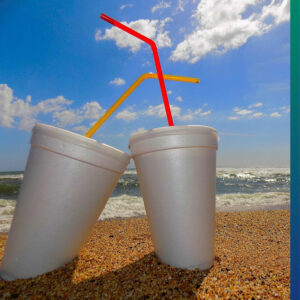
Polystyrene (PS)
PS – code 6 – is also called Styrofoam. It exists in 2 forms, a foam-like and a hard type. Fast food chains pack their burgers in Styrofoam. The hard PS is used to make disposable cutlery, disposable cups, or egg cartons.
More than 70% of the plastic soup is PS. When heated, styrene and benzene are released, both of which are carcinogenic and endocrine-disrupting substances. Imagine getting a take-away coffee in such a cup every day!
Polycarbonate
Polycarbonate is coded no 7. It is responsible for releasing Bisphenol A (BPA) which has been in the news a lot lately because it’s found in a number of water bottles and food storage containers. It is difficult to avoid BPA since it is in so many products, even in products we are not aware of.
It’s especially dangerous for unborn babies and young children.
- Buy your produce as much as possible fresh and unpackaged;
- Another tip is to warm food in a glass container if you want to use the microwave instead of a plastic dish.
Code 7 includes all plastics that do not fall into any of the other 6 groups. Biodegradable plastic can also be coded 7, which is confusing as biodegradable plastic is safe to use.
Plastics are hard to avoid
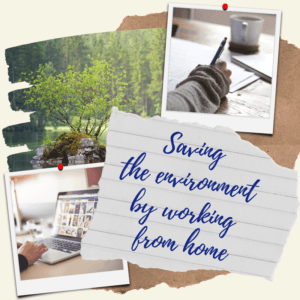
A plastic-free world is no longer imaginable. But our throwaway behavior can be changed. If we value our raw materials more, not only plastic but also textiles, metal, wood, etc., we become more sustainable.
Manufacturers are becoming more adept at using safe plastics for their products. However, it always pays to know what you’re buying and potentially putting into your body. The plastics to look out for are PVC, Polycarbonate, and Polystyrene because they are the most toxic and when thrown away will continue to leach toxins into the soil, water, and air.
Keep your family safe and learn what plastics are toxin-free.
What are your thoughts about plastic? Tell us in the comment box below.
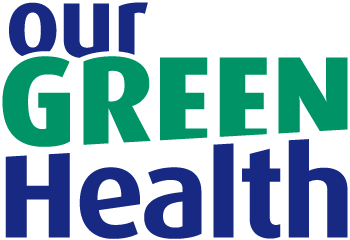
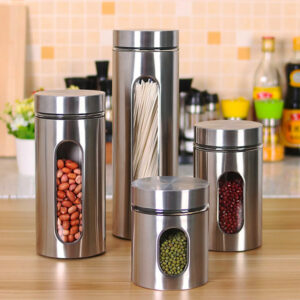
Hi Hannie, Thank you again for a very informative article! It is really very much a problem to avoid plastics. It is a reason that I try to buy my fresh produce on the market. Our organic butcher always says that we can bring our storage bags with us. Otherwise, they also use plastic. I also have plastic at home that I try to reuse.
But many items are not recommended to reuse because of what you have already explained. They leak toxic substances. I keep my glass containers to store my food. But it is nearly impossible to avoid all plastic. Most things are packed in plastic in supermarkets.
Do you know the washing nuts from India? I used them for a while, but you need to use essential oil; otherwise, it begins to smell after a while.
Also, I repair and sew many things for our house. Now we are going to upholster our chairs. It is fun and unbelievable beautiful to choose the material and do the work yourself.
I try to use organic materials instead of polyester. Maybe the next project will be our sofa.:)
In second-hand shops, you can find so many good products that you can repair and reuse. I love that! Great article, Hannie! Something to think about!:)
Hey Sylvia, thanks for the compliment. You’re right, most things in the supermarket are packed in plastic. That’s why we hardly go to supermarkets. The supermarket we do visit (Consum) has a lot of eco products and is open to discussion. So if one of our eco stores fails to have a product, we go to Consum. We’re lucky to have a few small ecological stores, either in our town or at the coast.
The Spanish markets are rarely ecological, unfortunately. And given the way, they poison the crops over here I don’t want to buy anything there. The Netherlands is so much more eco-minded than Spain! It took us a while but we’re glad to have found several ecological possibilities. Sometimes stores, yet also a few groups (Facebook or WhatsApp) with whom we can buy stuff in bulk.
It’s great to make and repair things ourselves, isn’t it? Very rewarding. I just finished a couple of cotton cushion covers. And I made a handbag out of a printed canvas photo. It’s so nice to give stuff a second life. 🙂
No, I don’t know these washing nuts. We buy ecological washing detergent with which we fill our own glass bottles. The biggest disadvantage of glass bottles is the weight, of course. And the fact that we have to use our car always. It was already dangerous to go shopping by bike in the Netherlands, but over here in the village, it’s an absolute disaster. By default, drivers go too fast and rarely brake when passing pedestrians or cyclists. There are no separate pedestrian and bicycle paths.
Thanks again for your comment, Sylvia, and take care.
I’m the same about the whole zero waste movement. Yes, reducing your carbon footprint is essential, but to claim you live a zero-waste lifestyle is not 100% true because this is practically impossible. Your clothes, your car, almost everything that you use or have in your home created some kind of waste.
Precisely, Ariana, all we do is our best. If everyone did that we could go a long way.
It’s quite disappointing if people refuse to understand my need to minimize my plastic use. I just came back from the supermarket where I was looking for goat’s cheese in the cool area. When I made a remark about all the plastic packaging, a shop assistant pointed me out to the fresh cheese counter. She promised me there they could pack the cheese in paper. Such a disappointment it was to discover that after that the paper package was put in a plastic bag. Again I said I didn’t want plastic, but this was a different assistant and she looked at me as if I was mad. Pfff.
Thanks for your comment and keep up the good work! Eventually, it will sink in with everyone, hopefully. 🙂